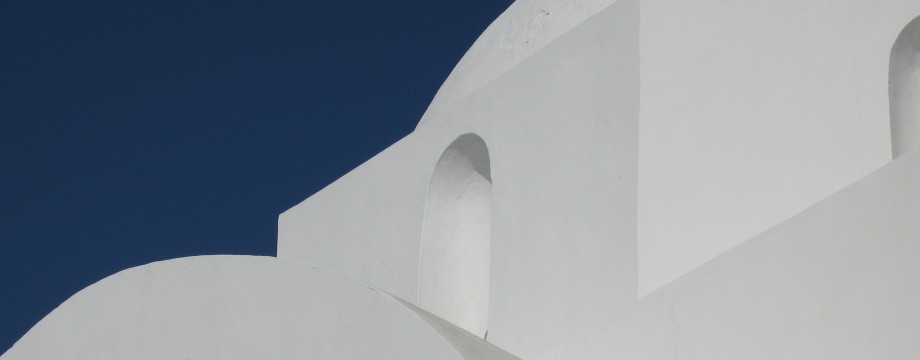You could just throw it in the garbage where it truly belongs now that Apple has finally dropped the ball, bringing the destructions of iOS into the desktop so it cannot be used as a proper desktop machine anymore. However, I won’t throw all my Macs away just yet since I need a machine with a proper OS on it that can run my (unfortunately non-wireless) printer. I am keeping an old MacBook with an older partly functioning MacOS X 10.6 on it, the last interesting MacOS. But printing to it from Windows turned out another no-no for Apple (one line of text on top of the first page that was it), so I will be running Ubuntu on it for this purpose. I am no great fan of Ubuntu (or Linux in general) either, but at least it can properly share a freakin’ printer wirelessly.
If you want to try out Ubuntu on your MacBook Pro their instructions for making a bootable memory stick are also functioning these days, unlike the fairy tales told on their website for years previously. This is basically it, in 4 easy steps, after you have downloaded the disk image (do use the standard 64-bit image, *not* anything labeled “Mac”) to your downloads folder (just confirm the device for your mounted USB stick):
1: hdiutil convert -format UDRW -o /Users/yourusername/Downloads/ubuntu-14.04.1-desktop-amd64.img /Users/yourusername/Downloads/ubuntu-14.04.1-desktop-amd64.iso
2: diskutil unmountDisk /dev/disk2
3: sudo dd if=/Users/yourusername/Downloads/ubuntu-14.04.1-desktop-amd64.img of=/dev/rdisk2 bs=1m
4: diskutil eject /dev/disk2
After you have converted the .iso to .img in step 1 you can delete the default “.dmg” crap added to the file name. And have your admin password ready for step 3.
When (or if) you want to install Ubuntu for real on your machine you *could* e.g. follow the instructions on http://www.howtogeek.com/187410/how-to-install-and-dual-boot-linux-on-a-mac/, as I guess you still would want to keep the possibility of booting into MacOS. However, even so, almost all of this is completely unnecessary. There is really no need to install rEFInd nor partition your disk yourself to be able to dual boot. The standard painless Ubuntu install will partition your disk and do everything necessary when it detects you already have an OS on your harddrive, that will not get overwritten in any way. The only thing is you will be booting Linux as default (a good thing in my mind), and you can get back to MacOS by holding the alt-key down while starting up. I repeat: You do not need yet another boot loader to accomplish this. So my advice is: Skip all of that, just install Ubuntu as is and be happy. As happy as you can get running Linux anyway…
